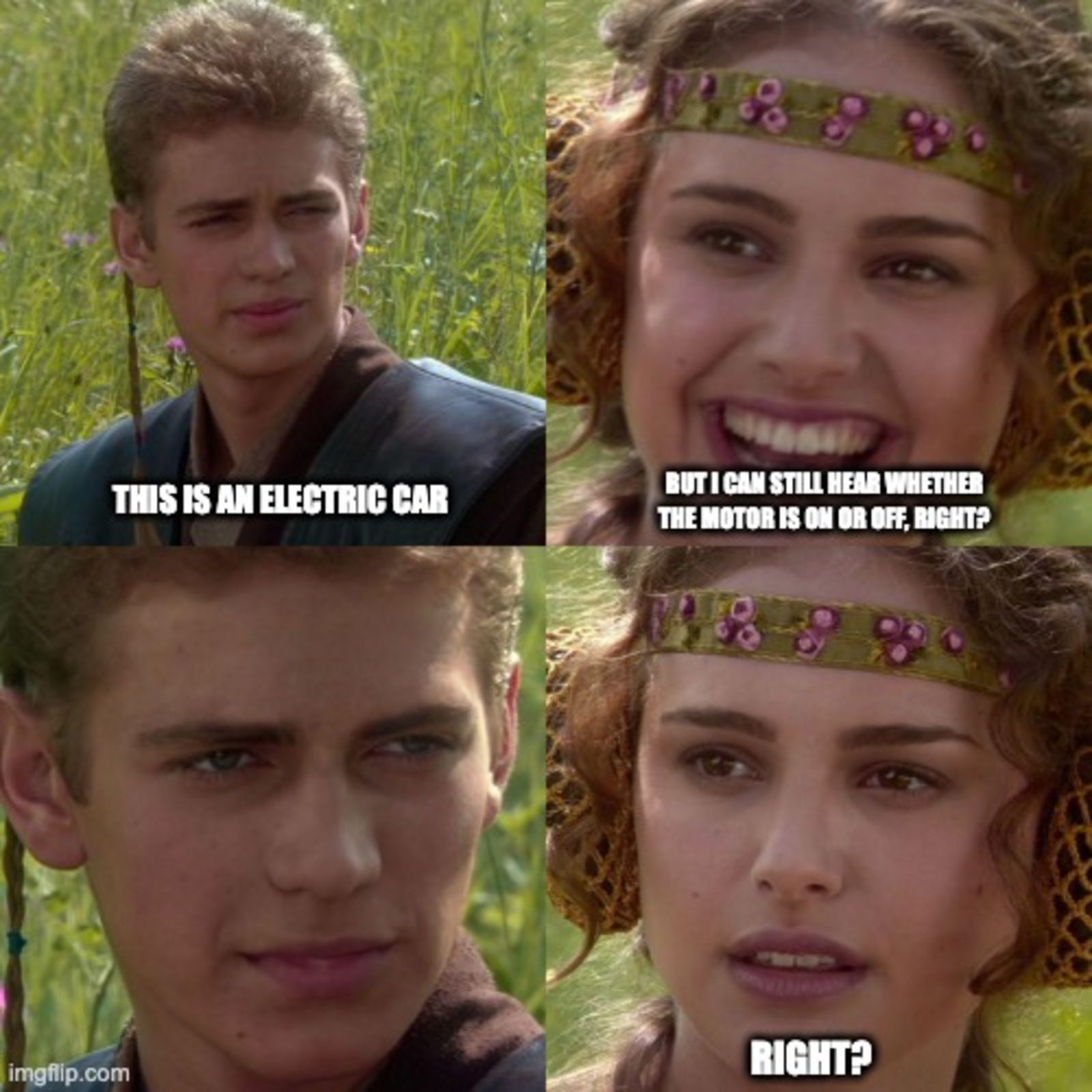How do I book an electric car with Mobility?
By 2030, we will have completely swapped all of our vehicles over to electric drive. That will make the "Electric" vehicle category, which we have had until now, redundant. From December 1st 2021 on, you can search for and book Mobility electric cars by ticking the "Electric" box under "Fuel".

The electric cars are now arranged in different categories. Will this mean their prices change?
First, the good news: The vast majority of electric vehicles will stay exactly the same because they're now in the Economy category. Smaller vehicles like the Seat Mii electric are in the budget segment and are therefore cheaper than before. Only two models (Hyundai Kona, Aiways U5) are becoming slightly more expensive because they're moving into the Combi category.
Can I make a voluntary contribution to environmental protection by driving electric?
Yes. Electric cars may emit no CO2. But we're convinced that electrically powered journeys also make a contribution to a better future. So you can help the environment in two ways at once.
Can electric cars be safely charged in the rain, too?
Autumn weather. It's tipping it down. You're holding the charging cable in your hand. In the back of your mind the alarm bells suddenly start ringing: "Water. Electricity. Danger!" But no need to worry: Electric charging points are designed to only let power flow when a safe, reliable connection has been established between the charging plug and vehicle. That means you can safely plug in our E-cars at any time.

How far can I go in an electric car? I definitely don’t want to get stuck!
You won’t have to. The range of our e-vehicles is increasing as each year goes by: it’s already between 200 and 500 kilometres, depending on the model. That should normally be plenty for your journey. And if you do need to recharge while you're on the road, simply grab the charge card for the nationwide Swisscharge fast-charging network. It's in every Mobility electric car.
How do I unplug the charging cable?
Press the button inside the vehicle to release the cable. On most electric models, this button is marked with a plug symbol and is located next to the steering wheel. If you can't find it after a quick look, consult our quick start guide in the glove box or online at: https://www.mobility.ch/en/sustainability/e-mobility

Your hybrids are annoying! The engine switches off when I stop at traffic lights.
Keep calm. You need to know: Below 30 km/h, a hybrid drives using electric power. It uses fossil fuels at higher speeds. Since an electric motor is silent, it can be a little concerning. Just press the accelerator when the lights go green and everything will be fine.


I'm in the car, I've pressed the start button but the engine isn't starting. What should I do?
Sounds like the same problem as the previous question. Electric motors (and hybrid motors when setting off) work virtually silently. Just look for the "Ready" symbol on the speedometer: If it's lit up, the motor's running and you're ready to go. If it's not, just press the start button again.


What kind of electricity do Mobility e-cars run on?
Electricity from 100% renewable sources. This is very important to us: after all, it’s the only way e-vehicles can offer maximum sustainability.
Is an electric car really better for the environment than a fossil-fuelled car?
Yes, because they emit no CO2 while in use. However, there is still the question of CO2 emissions and grey energy used during production. There have been a number of studies and calculations. For example, a study from TCS and Kassensturz shows that a medium-sized electric car is better for the environment than its fossil equivalent after being driven 27'000 kilometres.
More questions on Mobility electric cars? Ask us in the comments.



Your comment